Category: Newton-under-Roseberry
-
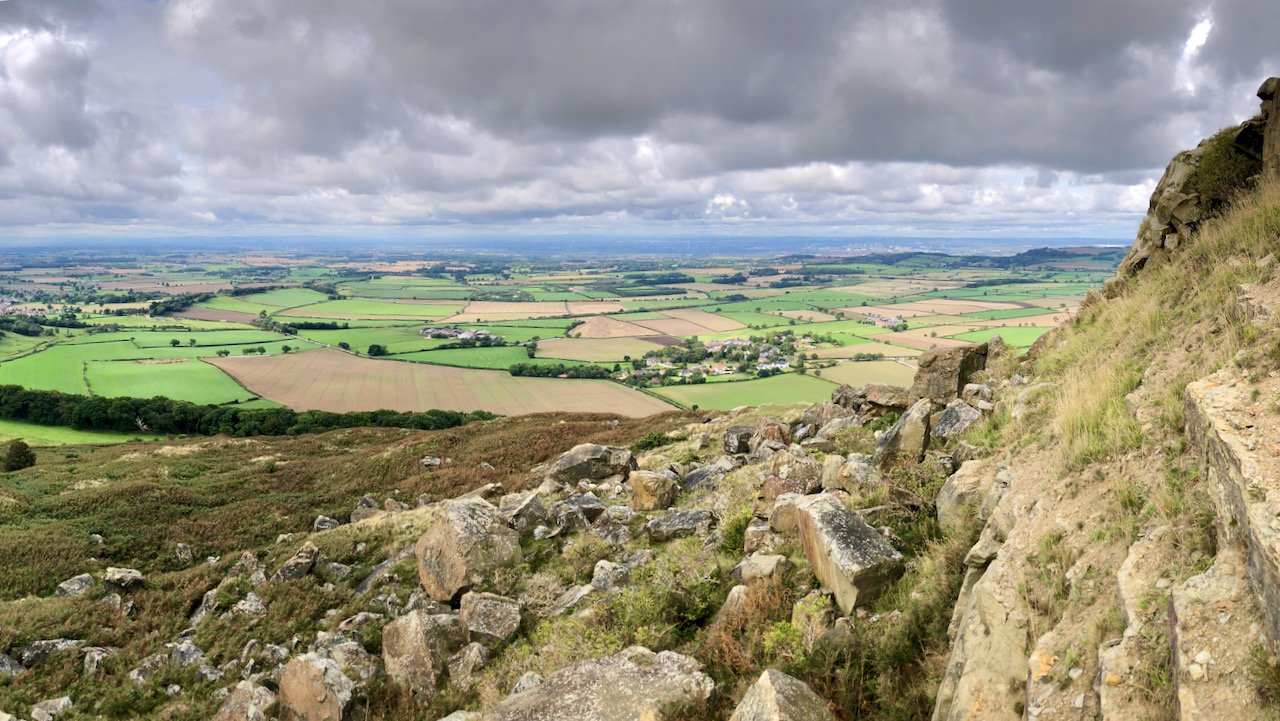
From Roseberry’s Shadow to Durham Gaol: The David Cobbold Saga
In those turbulent days of the 1930s, in the quaint village of Newton-under-Roseberry, there existed a shop of equally quaint nomenclature – “Ye Olde Village Shoppe.” Now, I am sure, there might well have been other shops in that village, but the tale I’ve uncovered revolves around none other than the proprietor of the said…
-
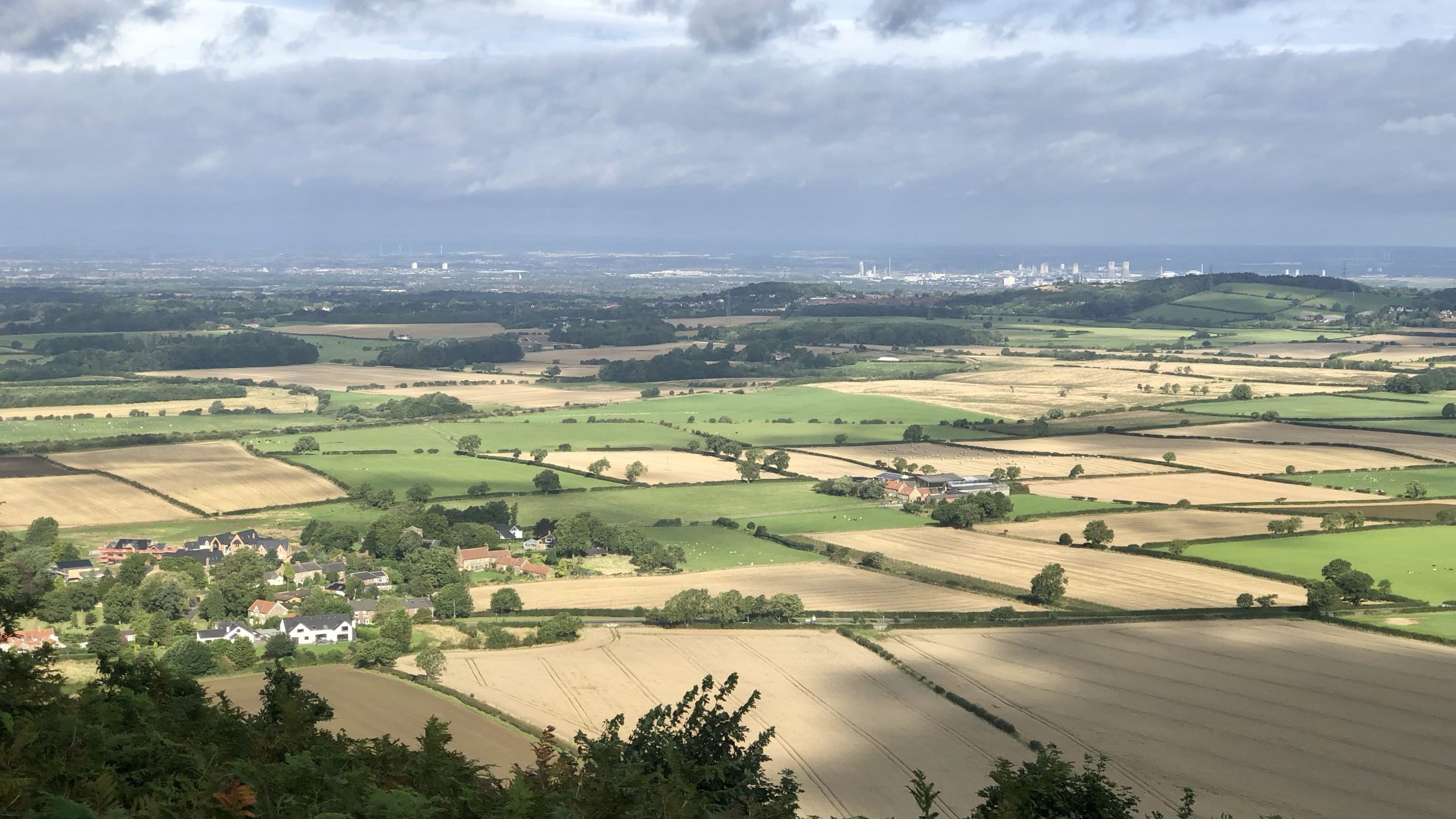
Risks to our hedgerows
The Carrs, that sprawling lowland nestled between Roseberry and the Eston hills. In this photo, the recently cropped arable fields contrast sharply with the lush green pastures. The hedgerows planted when farming practice was to rotate fields, show signs of neglect and are now ragged. They’ve probably been reinforced by post and wire stock fencing.…
-
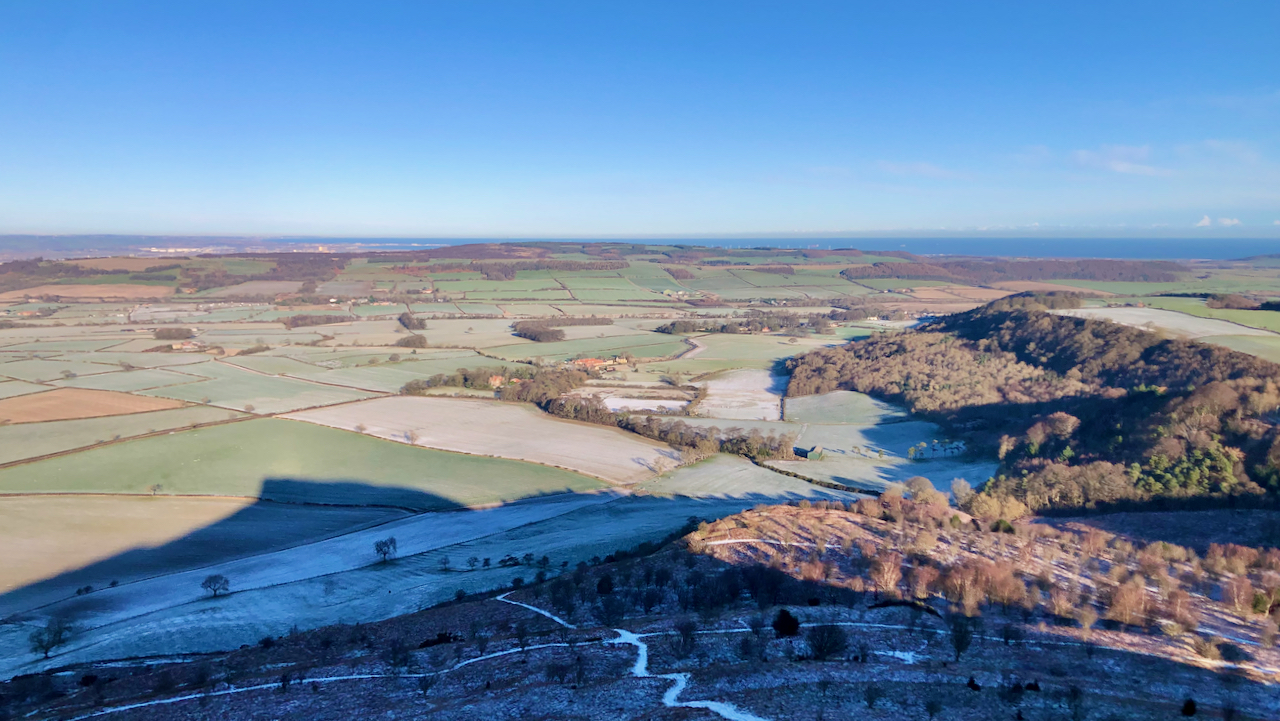
A view from today’s constitutional
No prizes for guessing that it was taken the summit of Roseberry looking north towards Pinchinthorp. A lovely cold winter’s day, with a smattering of overnight snow. This was actually my second ascent of Roseberry — here’s a photo from the same spot on that first climb: So no prizes available today but a certain…
-
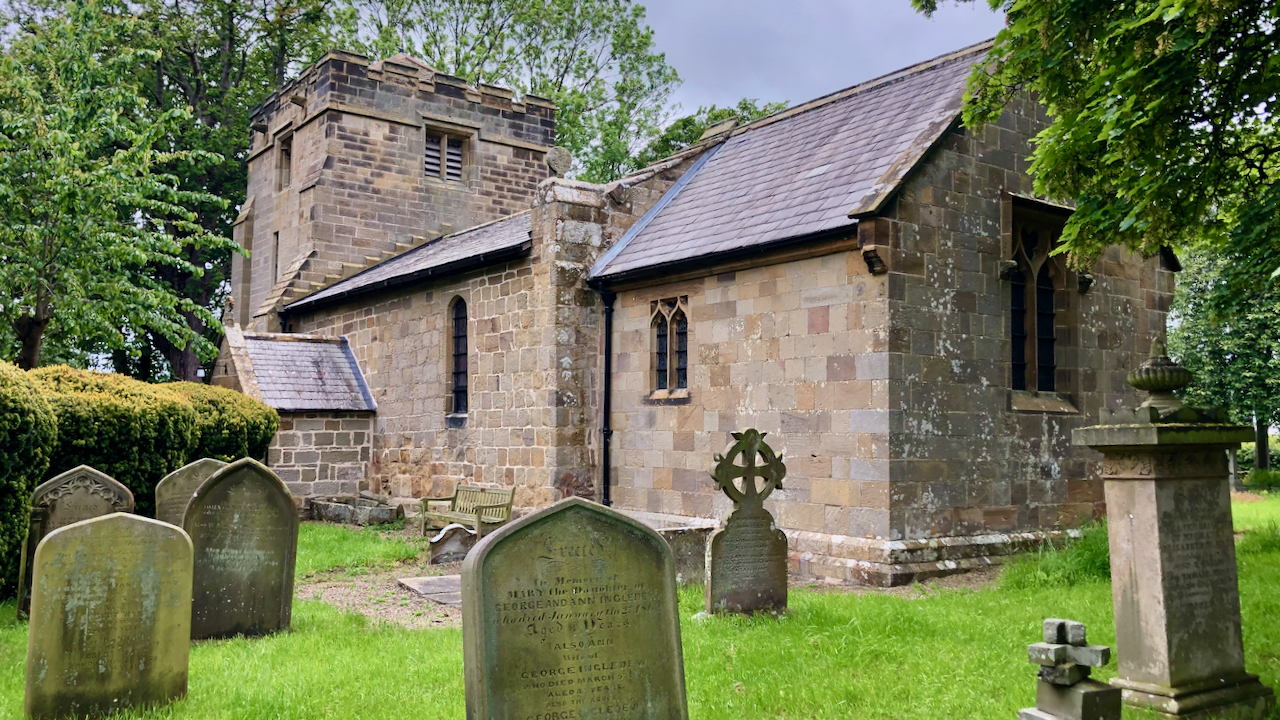
Alfred Winckley, Vicar of Newton-under-Roseberry, 1914-1917
St. Oswald’s Church, Newton-under-Roseberry, doesn’t radiate that sense of antiquity you get with some churches. Although some stonework of the the nave and chancel are evidently Norman, the present chancel dates from 1857 and the tower from 1901. A curious block of carved stonework built into the buttress of the tower suggests an early church…
-
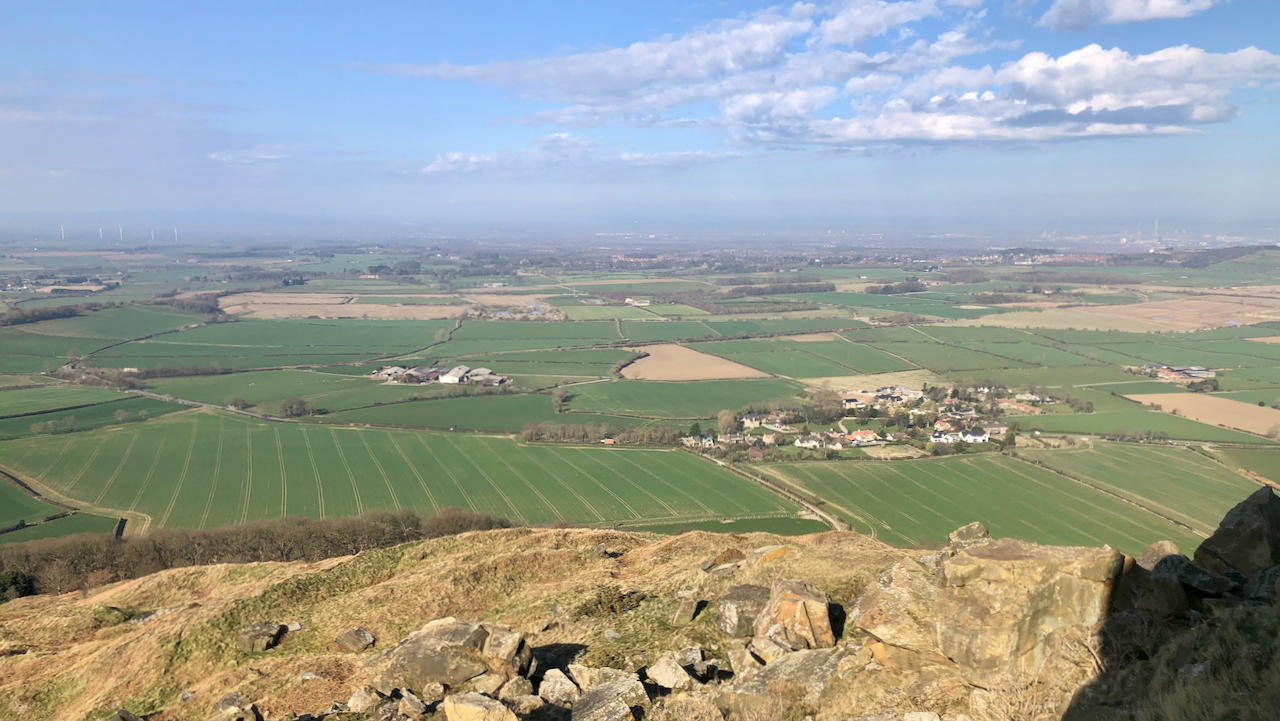
Newton-under-Roseberry
Otherwise known as Newton-in-Cleveland. The base camp for any ascent of Roseberry Topping. The renown local historian John Walker Ord, writing in 1846, described Newton as “a small, dirty, insignificant village, consisting of a few small huts, without any pretensions to beauty or order whatever”. Twelve years later, Walter White (an early tourist from Berkshire)…
-
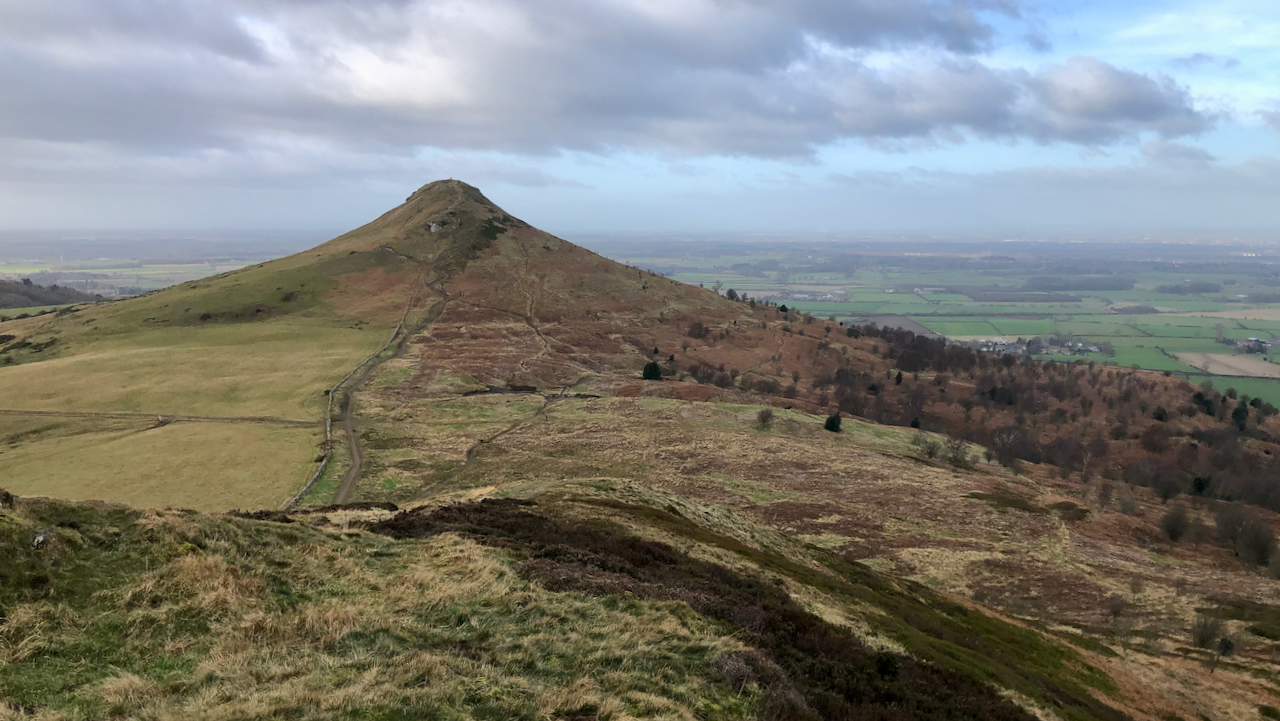
Roseberry Mary Staveley
On Sunday, I posted about Thomas Kitchingman Staveley, who owned the north side of Roseberry Topping and the Common in the mid-19th-century. I ended it by saying he had a son and two daughters. The eldest of the daughters was delightfully named Roseberry Mary Staveley who eventually inherited the whole estate including Newton manor. Although…
-
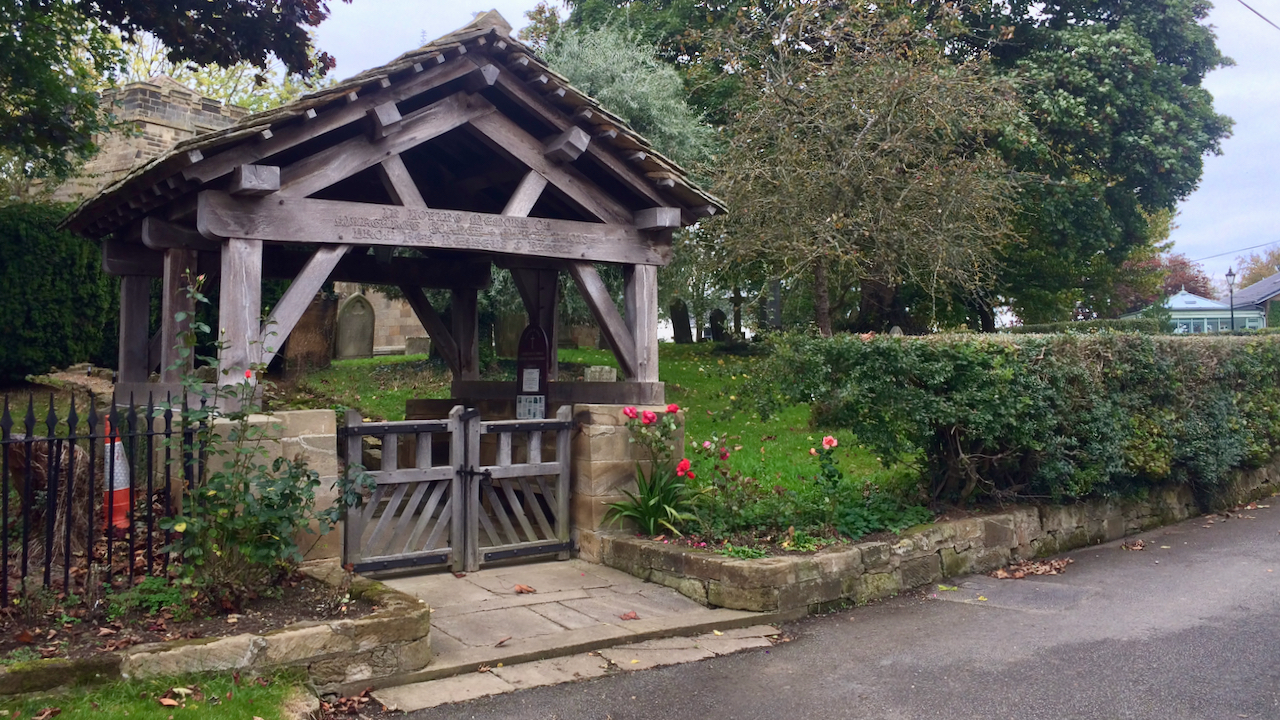
Lychgates
Many churches have lychgates. A roofed, mostly open-sided gatehouse into the churchyard. Traditionally, it marked the division between consecrated and unconsecrated ground, where the priest would meet the funeral possession, say prayers over the body, and then lead the way into the church. ‘Lych‘ is derived from the Anglo-Saxon word for a corpse. If the…
-

“At our feet lay the little village of Newton …”
In 1887, an account of one person’s ascent of Roseberry Topping appeared in the Leeds Mercury. Unfortunately the identity of the correspondent is unreadable: “… After a brief survey of the ruins [Guisborough Priory] we proceeded to Pinchinthorpe, whence we had a pleasant walk to the village of Newton, and leaving the village green and…
-
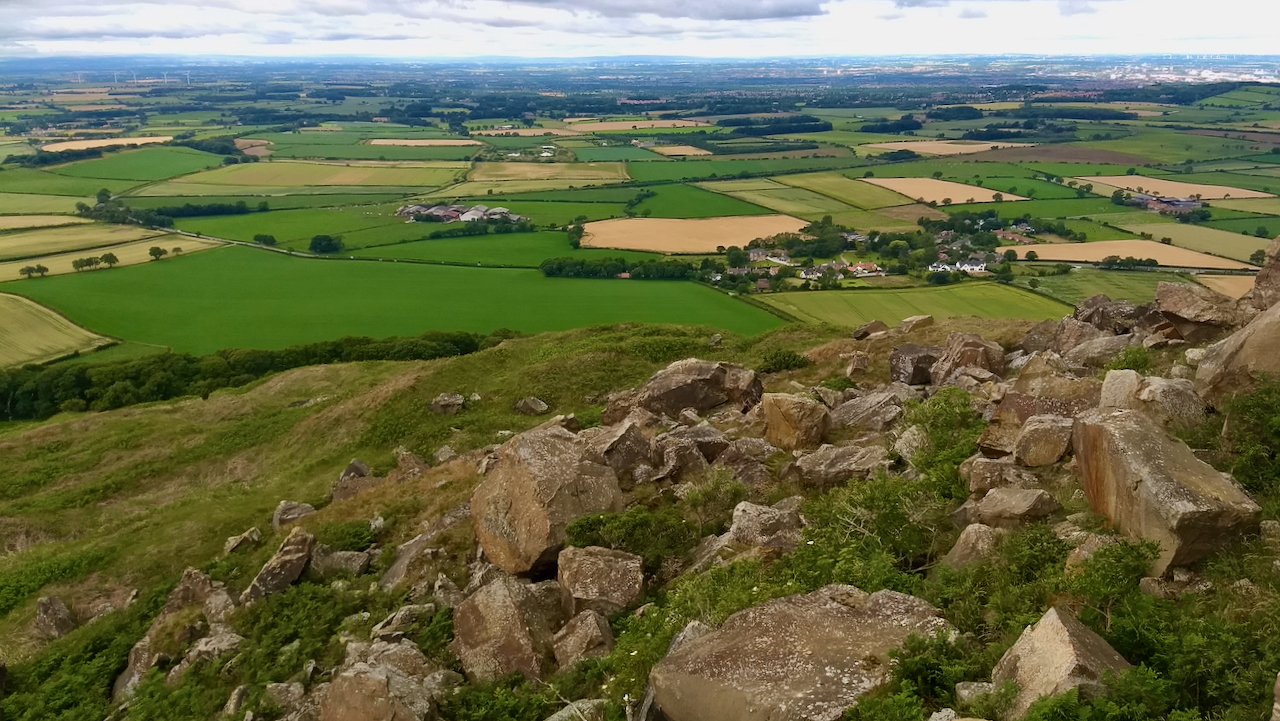
The Matthew Paris map
How do you like your maps? Do you treat them with reverence, still in their pristine covers and neatly filed numerically? Or are they coverless, coming apart at the seams through years of use and being folded in origami shapes to cram into a map case? The thing we all probably have in common is…
-
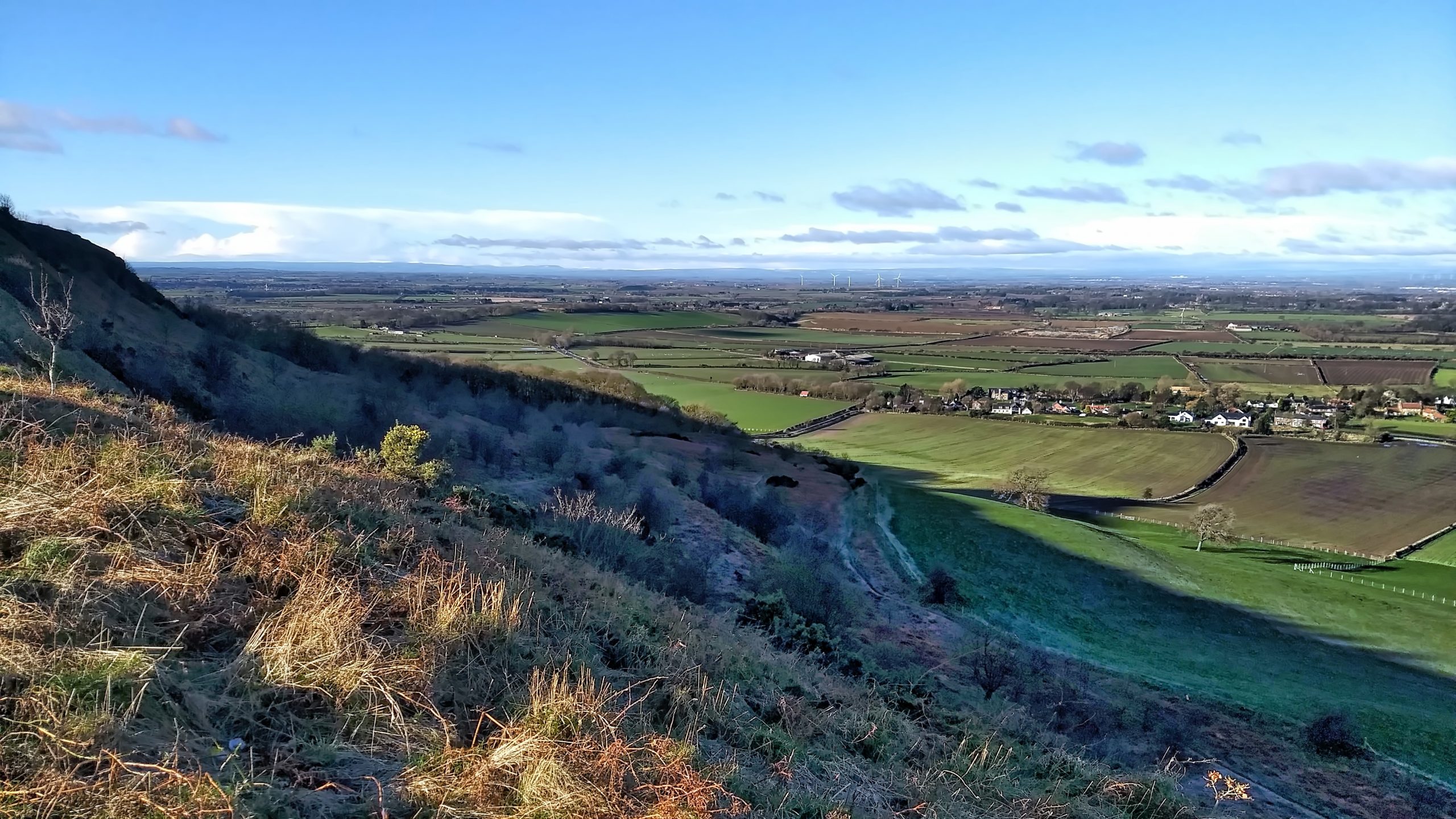
Finally a sunny morning and an escape from the mud
Looking down from Cockle Scar onto the village of Newton-under-Roseberry. A cold morning with just enough frost to harden the clarty paths. In the shade of the north-west slope, it’ll be a couple of hours yet before it’s warmed by the winter sun. At the western end of the village, the roof of the National…